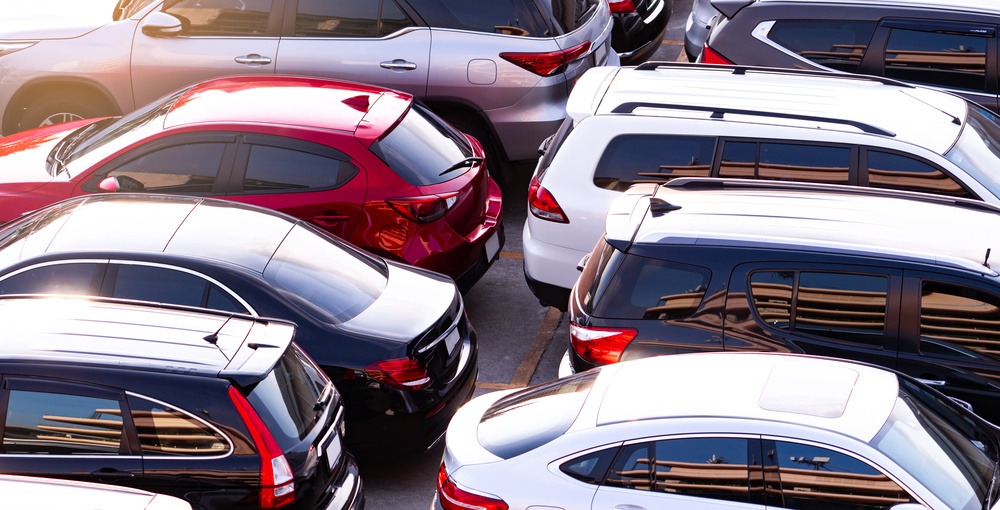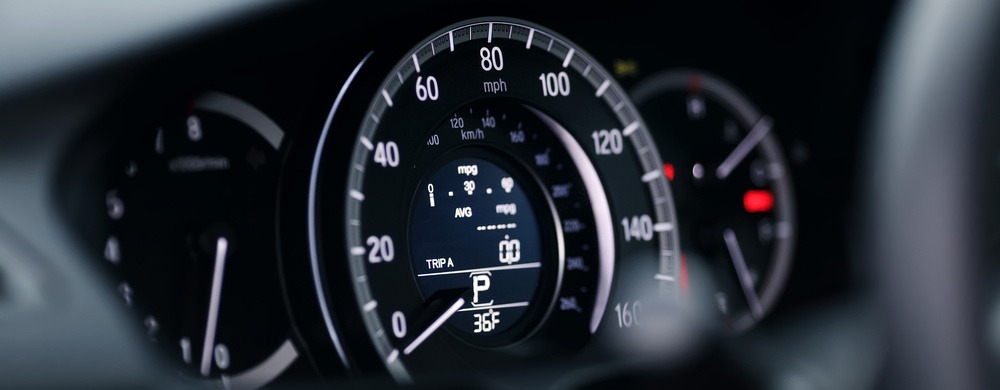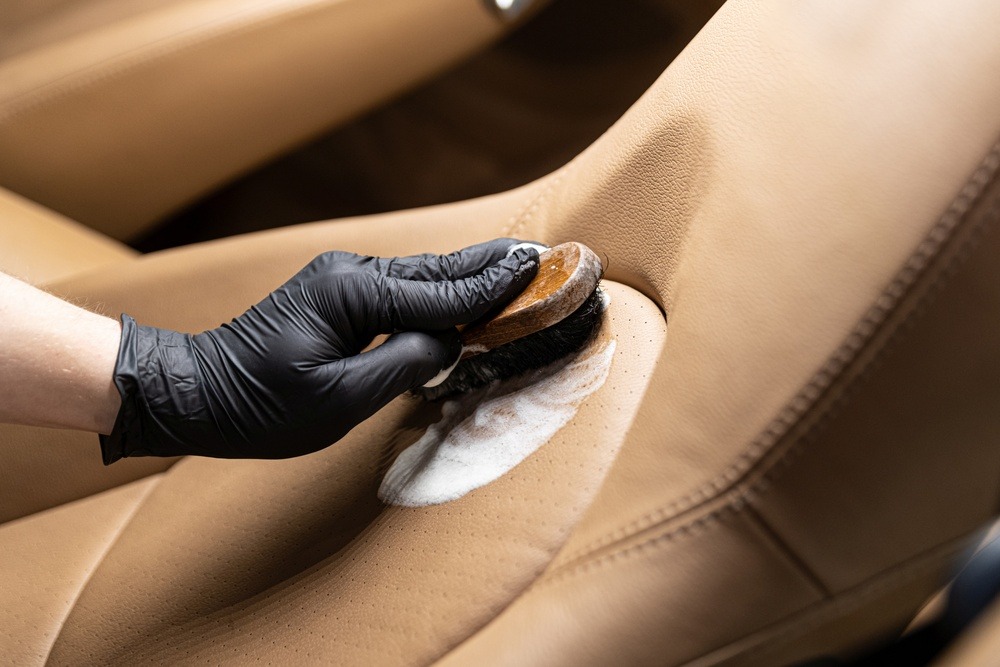Most people dream of having their own car, but not everyone can do so. Since brand-new cars don’t come cheap, many people have shifted their priorities from getting a car to saving for the future. On the other hand, purchasing a car is becoming more and more impossible due to the increasing inflation rate.
However, you can still achieve your dream of having a car by purchasing a used and older model. Buying a used vehicle is a cheaper way of getting one. This is ideal for individuals, couples, or families who want to get a car without breaking their banks.
On the other hand, you have to be cautious when going for a second-hand vehicle because you don’t know what kind of owner it has and how it’s maintained. This makes buying a used car daunting, but it doesn’t have to be that way. All you need to do is create a used car checklist. This can help you find the ideal car at the right price without falling for any scams.
Here are the things you might need to include in your used car checklist:
Checking The Car’s Outstanding Finance
Outstanding finance is a common problem of those who carelessly purchase a used car. It’s a form of fraud and usually happens when the car hasn’t been fully paid for by its past owner. The outstanding amount wasn’t declared nor mentioned during the purchase. Hence, it’ll be carried over to the new owner without them realizing it.
When you’re buying a used car, you want to make sure there is no outstanding finance on the car, as it could cause a lot of issues for you as the new owner. You can use online tools in the UK to check this like Car Reg Checks, which will give you peace of mind that your car doesn’t have outstanding finance.
Inspecting The Car Title
Inspect the title of the car and see if it’s clean, meaning it has never been declared a loss by its insurer. If it’s not, then that title is no longer considered clean but branded. And this could be due to a wide range of causes, such as fire, collision, or theft.
Hence, you have to ensure that the status of the title will be disclosed right before you. It’s still not a good idea to purchase a car with a salvaged title even if the car has been perfectly repaired or comes at a lower price compared to others.
Checking The Maintenance Records
This is one of the most important aspects of the inspection you shouldn’t miss. Maintenance records provide a history of all the changes that have been made to the car. Also, it shows if the car is receiving consistent maintenance in the past—this is what you should look for.
If the seller can’t provide a detailed maintenance record, it only means two things. One, the seller is not a responsible owner, leading to the possibility that the car may not have been maintained properly. And two, there’s a chance that the car has hidden problems that weren’t fixed properly.
Inspecting The Car’s Mileage
When buying a used car, you want it to have reasonable mileage. Mileage refers to how long the car has travelled and is usually measured in miles. It can also be declared in kilometres, depending on the country where you belong.
Significantly, you want to ensure that the used car you wish to purchase has mileage consistent with its age. For example, it’s fairly reasonable for an eight-year-old car to have an accumulated 20,000-mile run.
Checking The Car’s Exterior
If you’re satisfied with all the results you received based on the inspection above, then it’s time to check the car’s exterior. Here are all the things you need to check:
- Wheels And Tires: Ensure the car has complete lug nuts, correct tire pressure, and appropriate thread depth for safe driving. You should also check for any curb rash. In addition, it would help if all the tires came from the same brand for safety and consistent quality.
- Lights: All lights have to function properly. If they’re producing yellow or cloudy light, they must be replaced as soon as possible.
- Paint: You want to make sure that the depth of scratches is consistent in all exterior parts of the car. If one part looks different from others, the seller might be hiding something underneath it that they don’t want you to know.
- Body Panel Gaps: Like paint scratches, body gaps must be consistent across the entire exterior of a car. This will help you understand what damage the car has dealt with in the past.
Inspecting The Car’s Interior:
After a thorough check-up on the car’s exterior, it’s time to open its doors and conduct a thorough assessment of the interior. Here are the things you need to inspect inside the car:
- Upholstery: This is the first thing you need to check when inspecting the car’s interior. It must feel new and have less considerable amounts of wear and tear.
- Odors: You want the car to be odourless as much as possible. But if it smells musty and tobacco-like, decline the offer as it’ll only make you and your family sick.
- Instruments: Instruments, such as warning lights, should function properly at all times to avoid collisions. If they need significant repairs, decline the offer as they can be extremely expensive.
- Driver Controls: If the car is significantly old enough, check if the seller spends time installing new features, such as Bluetooth or GPS, to have a safer riding experience.
Inspecting The Car’s Engine
Inspecting the engine involves transmission fluids, brake fluids, engine noise, and stick shift. However, this process requires additional technical knowledge about the internal automotive system. Thus, if you’re not a mechanic, consider asking one for help.
Meanwhile, here are some things to keep in mind if you want to do it on your own:
- The engine oil must be smooth and golden brown.
- The brake fluid must be clear.
- The transmission fluid should be red and clear. If it’s milky or burnt, it might need additional maintenance.
- Abnormal-sounding noises are a big no-no. It might mean more serious damage to the car’s internal system.
- Shifting gears should be easy. Any sounds you hear might mean bigger transmission problems.
Final Words
Buying a used car can be overwhelming, especially if you don’t know where to start. That’s why you should create a used car checklist to guide you through the process of evaluating a used car. In this way, you’ll be able to prevent scammers and illegal car dealers or smugglers. Consider using all the items discussed above to make a comprehensive checklist.



